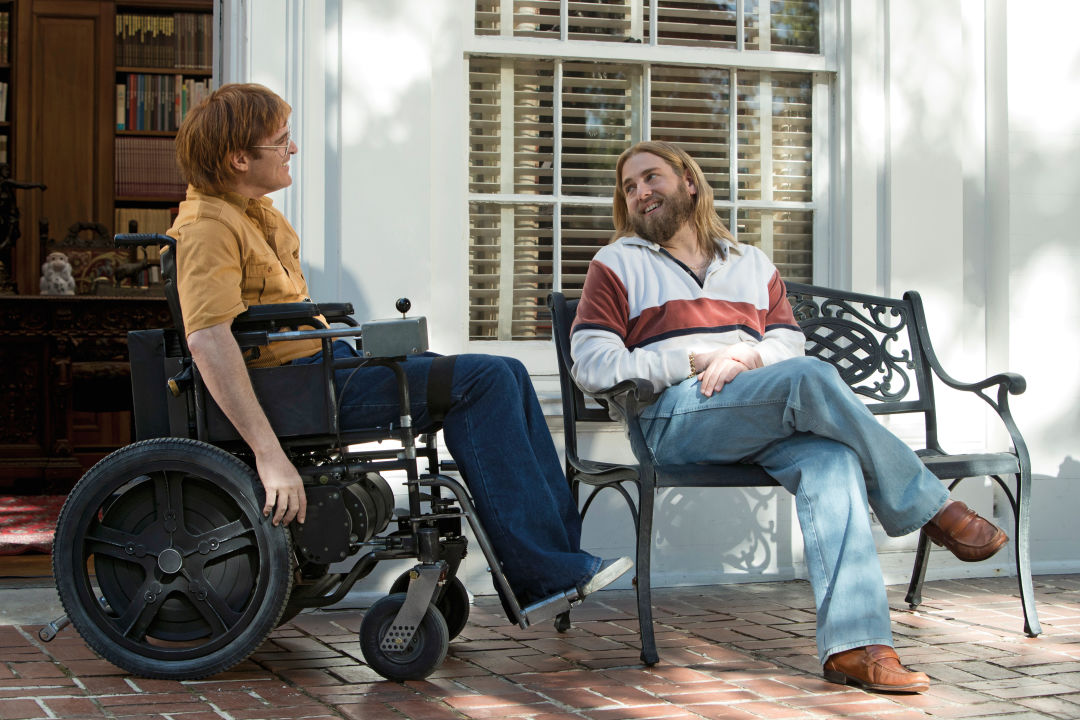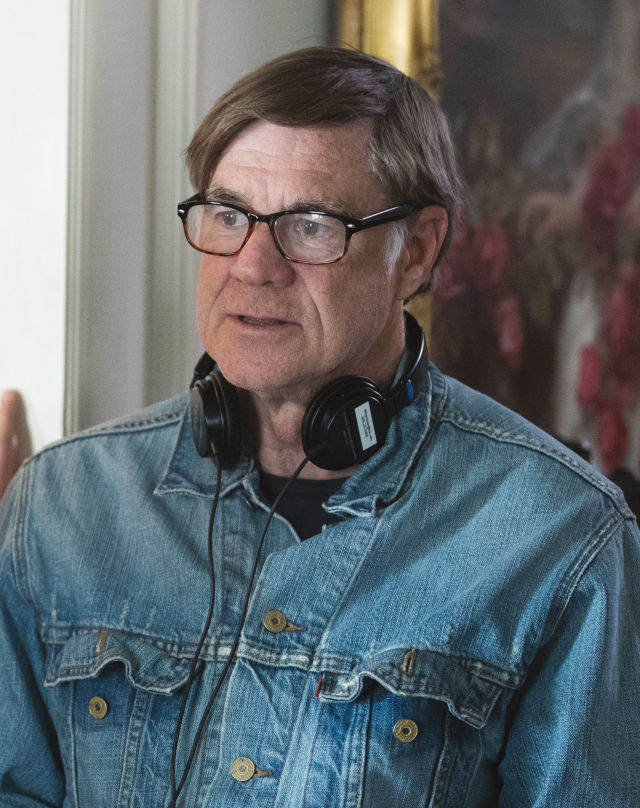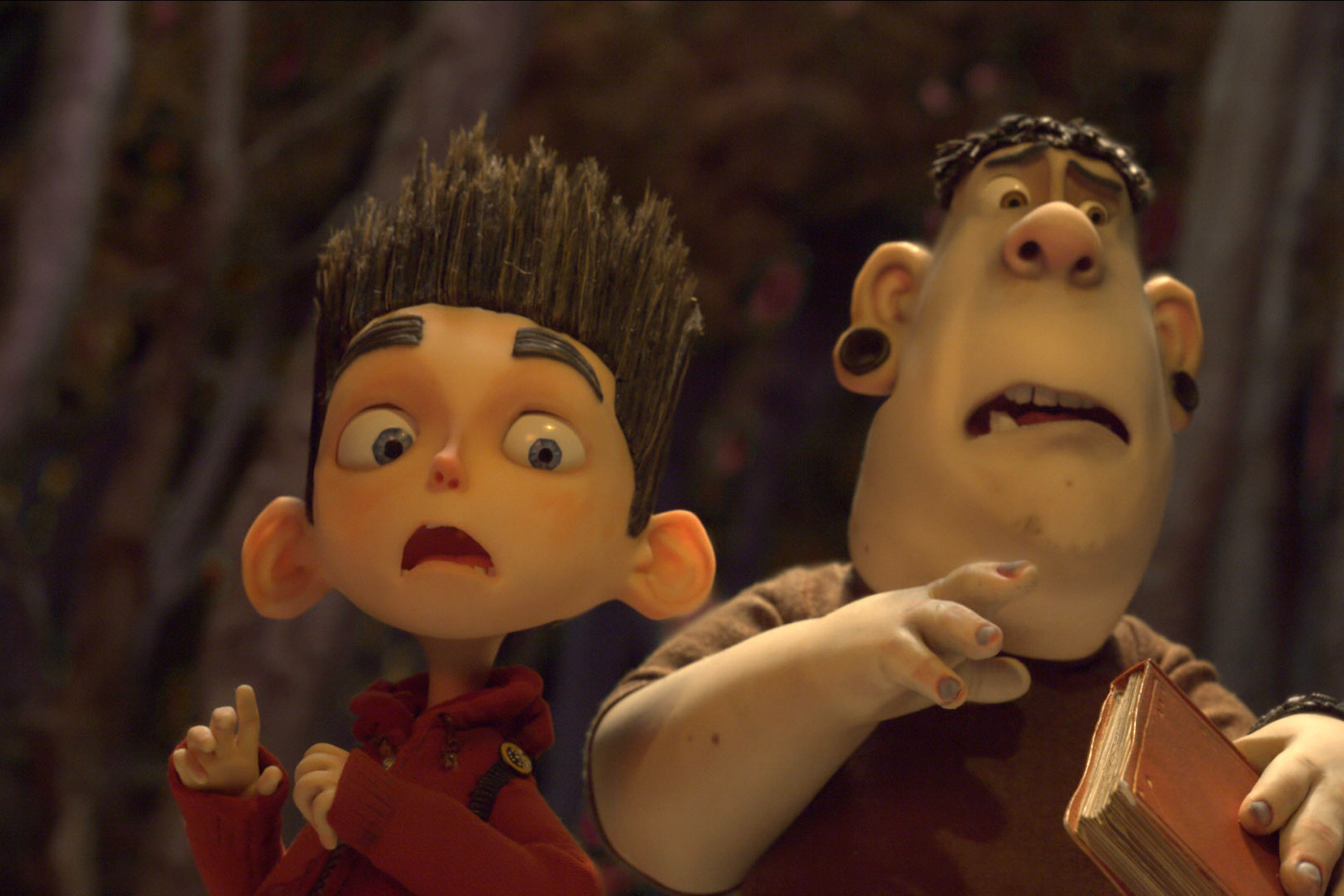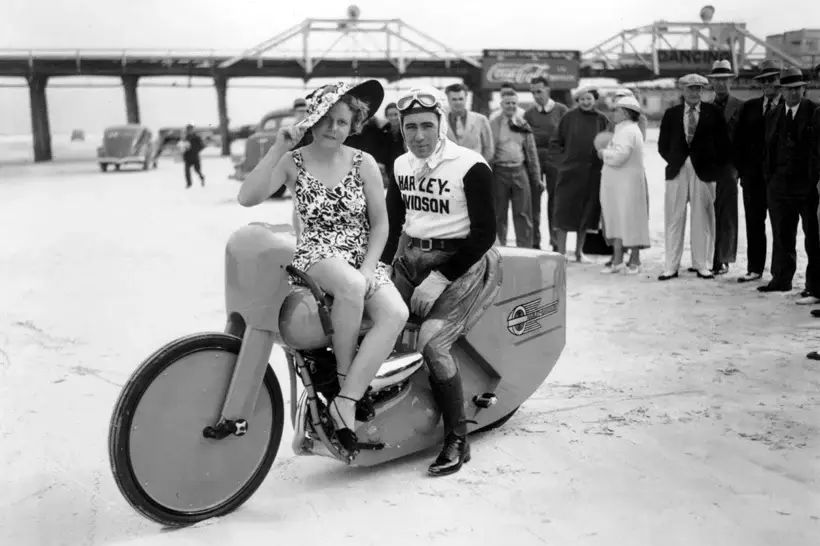Gus Van Sant’s New Film Resurrects Legendary Portland Cartoonist John Callahan

Joaquin Phoenix and Jonah Hill in Don’t Worry, He Won’t Get Far on Foot
A surefire gauge of how long somebody’s lived in Portland: ask them about John Callahan. Anyone here in the ’80s or ’90s probably has a story—or at least a strong opinion—about the controversial cartoonist. Like Bill Walton before him, or Fred and Carrie in his wake, the redheaded quadriplegic became a Portland icon of his time. He may have flirted with you at some long-closed Portland tavern, or perhaps you saw him speeding down the sidewalks of Northwest or Portland State, an electric wheelchair blur. If nothing else, you read John Callahan’s one-panel gags in Willamette Week and laughed. Or were horrified. Maybe both at the same time.
Callahan died in 2010, at the age of 59. But the world is about to get to know him all over again. On July 13, Amazon Studios releases Don’t Worry, He Won’t Get Far on Foot, a movie based on Callahan’s 1989 autobiography and directed by fellow Portlander Gus Van Sant, starring Joaquin Phoenix. It’s been a long time coming, too: Van Sant started working on it more than 20 years ago, at the behest of his friend Robin Williams, a huge Callahan fan.
So who was Callahan? Short version: an adopted child from The Dalles, a conflicted Catholic, and a raging alcoholic. He wasn’t even behind the wheel in the California car crash that left him paralyzed in 1972, but as the movie shows, it was still his kind of party. One of his cartoons portrays the accident; the cartoon Callahan asks emergency personnel if they could grab a “short case” for him (“there’s a five-dollar bill in my left shirt pocket”). Many years of anger and rehabilitation later, he got sober and became one of Portland’s signature creative talents, seen in the pages of the PSU Vanguard and Willamette Week, as well as newspapers and magazines around the country. He was profiled on 60 Minutes and in the New York Times Magazine.
In style, subject, and punchline, Callahan always aimed to provoke, often to offend. There was the one about the two sheet-clad Ku Klux Klan members with the caption “Don’t you love it when they’re still warm from the dryer?” Current city council candidate Jo Ann Hardesty led a boycott of Willamette Week in 2000 over a strip that imagined Pope John Paul II singing Patti Smith’s “Rock and Roll N****r.”

Director (and onetime Portlander) Gus Van Sant
“John’s cartoons were aggressive,” says Van Sant. “They weren’t cuddly. It wasn’t like Dr. Seuss or something. That’s what Robin liked about it; that’s what we all liked about it.”
Van Sant and Callahan were contemporaries, but originally no more than acquaintances—the director remembers seeing him at downtown hangout Broadway Café (on the corner that’s now home to Columbia Sportswear). “He was easy to spot,” Van Sant says. The cartoonist also knew, and lived near, Mala Noche author Walt Curtis and the infamous artist residence the Lawn, on NW 18th Avenue (now a condominium). Callahan’s autobiography came out around the same time as Van Sant’s Drugstore Cowboy and began to frequent the same artsy Portland events.
But even with Robin Williams on board, the cartoonist’s humor didn’t play much better with studio execs than it did with offended Portlanders. “The people that finally make the decisions were always hard to convince,” Van Sant says.
That frustrated Callahan. “John said once that we’re all gonna be dead by the time this movie was made,” Van Sant says. “And in fact, two out of three of us were.” But after Williams’s death in 2014, Sony called Van Sant to see if he still might be interested. He was—though, ultimately Sony wasn’t, so the project landed at Amazon.
The resulting film draws from both sides of Van Sant’s canon: it’s a dirty, edgy Portland addiction story à la Drugstore Cowboy, but with an oddly inspirational quality that nudges it nearer to Good Will Hunting and Milk. The film captures Callahan’s ornery side, and includes a great deal of his artwork, some animated. But it’s as much about his sobriety as anything.
“When you were with John, AA would come up,” says Van Sant. “You realized, this is a very important part of his life.” Van Sant creates a semifictionalized version of Callahan’s life in group AA meetings, led by a character named Donny. (Jonah Hill steals the movie as this louche, wealthy Northwest Portland character, whose real-life inspiration died of AIDS; others in the group are played by Gossip’s Beth Ditto, Sonic Youth’s Kim Gordon, and Van Sant regular Udo Kier.)
Portlanders looking to location-spot will be disappointed: the film was shot entirely in California, partly because the Portland the film portrays doesn’t look the same now, but also because it was more convenient for the crew. (A longtime resident of the Pearl, Van Sant recently moved to LA himself.) Much of the action also takes place there, including Callahan’s accident (he was living in Long Beach at the time), and his physical rehab at Rancho Los Amigos, in Downey, where Phoenix spent several days in the chair, going through the program alongside recent quadriplegics.
“We were really blown away with how well he sort of became John,” says Tom Callahan, one of John’s five surviving siblings. “The way he moved, the way he sat in the chair.”
There are still Portland shout-outs, though: the Wipers on the soundtrack, an address misheard as “SW Johnson St,” and even Van Sant himself, essentially playing Willamette Week editor Mark Zusman. The real Zusman says the cartoonist always wanted to know what he—and anyone else—thought of the work.
“He was very sensitive,” Zusman says. “I know it didn’t necessarily come across in his artwork, but he was an incredibly sweet individual.”
Would Callahan create the same kind of work today, and would it ever see the light of day in a city he might not even recognize? “It’s a great question that I’ve asked myself quite a bit,” says Zusman, “whether he would be drawing those cartoons, and whether I would be publishing them.”




